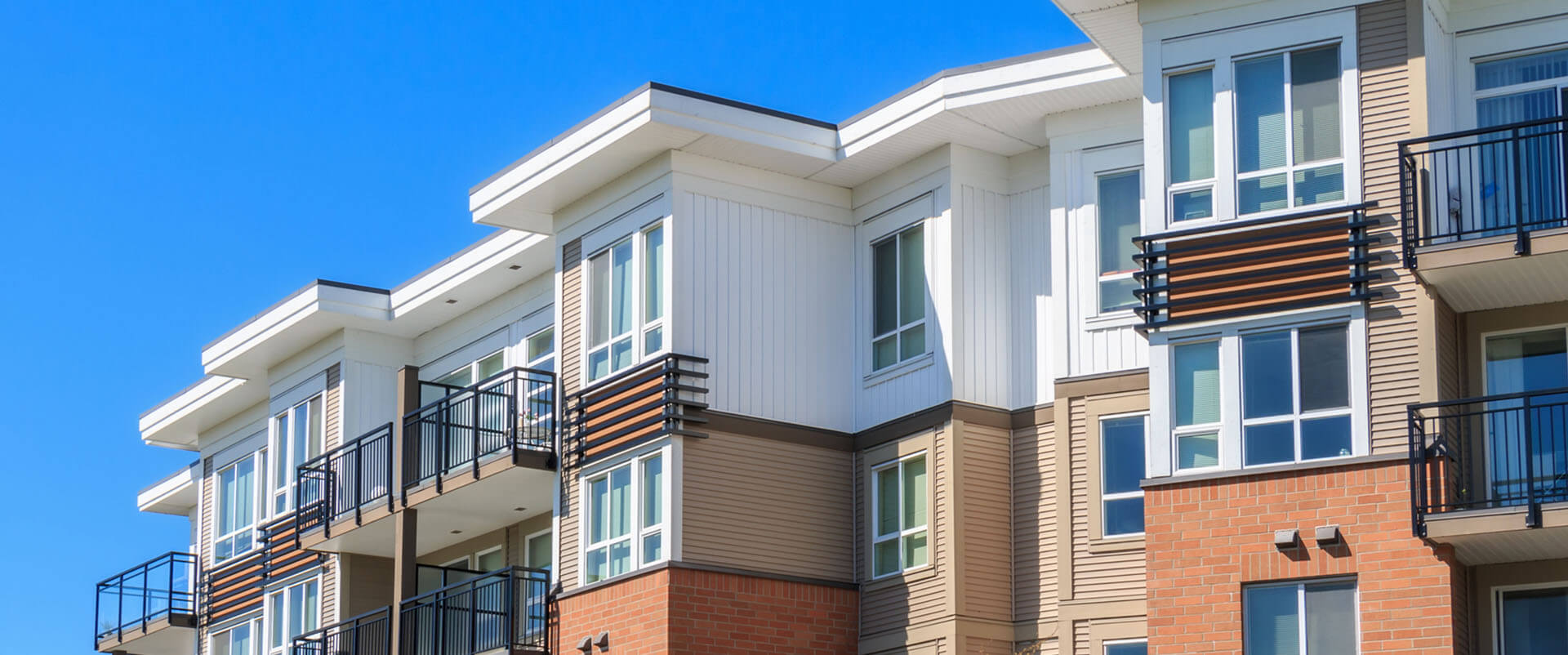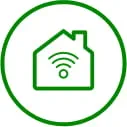In the ever-changing world of technology, the emergence of fiber internet has quickly become a transformative force, significantly influencing various aspects of our lives. Among these, the real estate market stands out as a primary beneficiary and is currently experiencing a seismic shift in how properties are valued and marketed. In this blog post, we’ll explore the positive impacts of fiber internet on the real estate landscape, shedding light on the advantages that propel growth and enhance the overall market.
Increased property value
Fiber-optic connectivity has become a hallmark of modern living. Homes equipped with high-speed fiber internet experience a notable increase in market value. This desirable feature not only attracts potential buyers but also positions the property as a long-term investment with the potential for sustained appreciation.
Enhanced marketability
The marketability of properties with fiber-optic internet is unparalleled. In an era where connectivity is a non-negotiable aspect of daily life, real estate listings highlighting high-speed fiber connectivity enjoy a distinct advantage. This feature not only captures the attention of potential buyers but also ensures a competitive edge in what is currently a highly competitive market.
Attracting tech-savvy buyers
As technology continues to shape our lives, homebuyers increasingly prioritize properties that align with their tech-savvy lifestyles. Fiber-optic internet not only satisfies the need for high-speed connectivity but also caters to the growing demand for smart homes and connected living. Properties with fiber connectivity are, therefore, more likely to attract buyers who value cutting-edge technology.
Stimulating economic development
The deployment of fiber-optic infrastructure often extends into underserved or developing areas. The availability of high-speed internet can act as a catalyst for economic development by attracting businesses, creating job opportunities and fostering an overall climate conducive to real estate growth. This positive cycle of development contributes to the overall prosperity of the community.
Revitalizing rural real estate
Fiber-optic internet has the potential to breathe new life into rural real estate markets. Previously overlooked areas can experience a revitalization as high-speed internet becomes available. This can attract individuals seeking a balance between a tranquil rural lifestyle and the connectivity required for remote work, thereby diversifying and expanding the rural real estate market.
Facilitating sustainable urban planning
The integration of fiber internet plays a pivotal role in the development of smart cities. By providing the necessary connectivity infrastructure, real estate developers and urban planners can implement sustainable practices, including efficient energy management, smart traffic solutions and enhanced public services. This, in turn, contributes to the creation of more livable and eco-friendly urban environments.
Enabling seamless home automation
Fiber internet is a cornerstone for the rise of home automation and the Internet of Things (IoT). Properties equipped with fiber connectivity can seamlessly accommodate smart home devices, offering residents the convenience of automated security systems, energy-efficient controls and a connected ecosystem that enhances overall living standards.
Fostering innovation hubs
The availability of fiber internet attracts technology companies and startups, leading to the development of innovation hubs within a region. This influx of innovative businesses not only generates job opportunities but also creates a vibrant and dynamic real estate market as professionals seek residences in proximity to their workplace, driving demand for both residential and commercial properties.
Adapting to the rise of virtual and augmented reality
Fiber internet enables the seamless integration of virtual and augmented reality technologies in real estate. Virtual property tours, 3D modeling and augmented reality applications enhance the buying experience for potential homeowners, allowing them to explore properties remotely. This technological advancement opens new avenues for marketing and selling real estate in an increasingly digital world.
As the real estate landscape continues to evolve, the integration of high-speed internet is poised to be a driving force behind sustainable growth, technological innovation and enhanced living experience for communities around the world.






